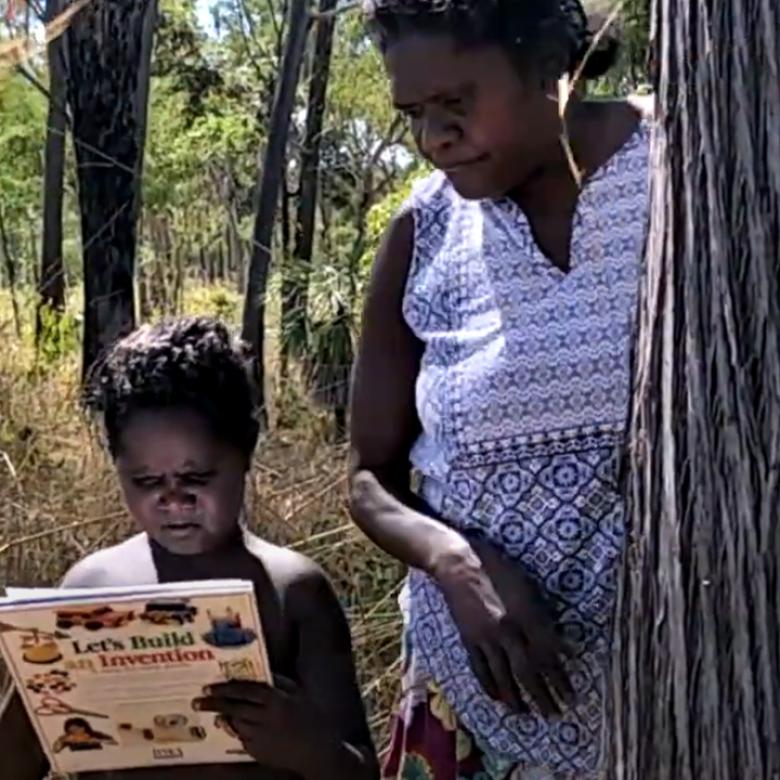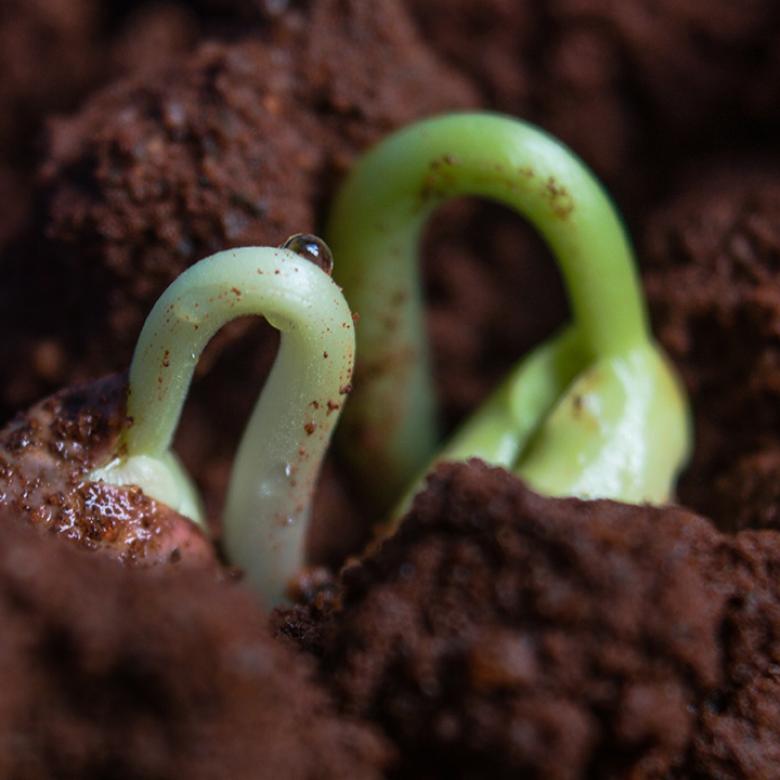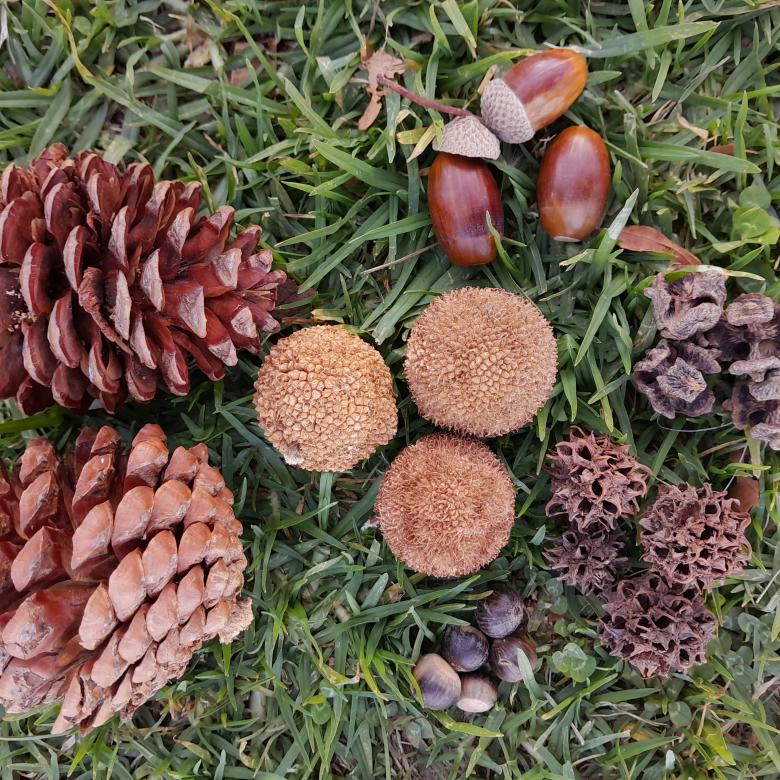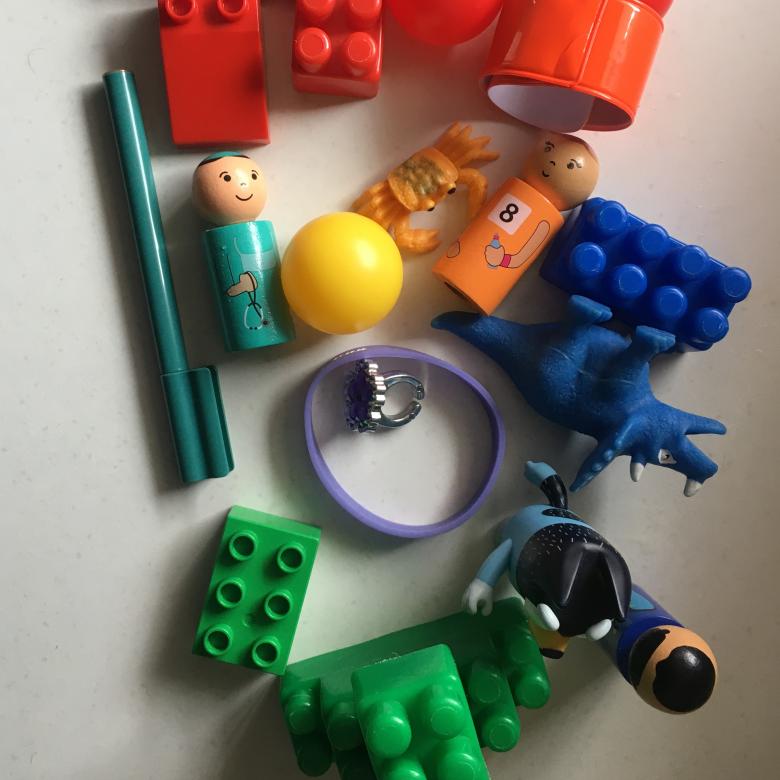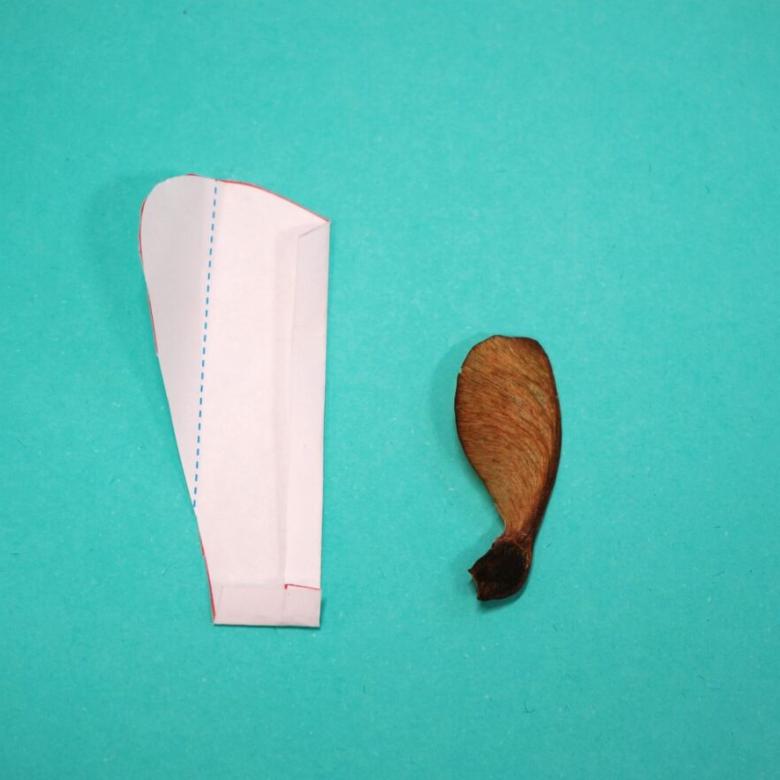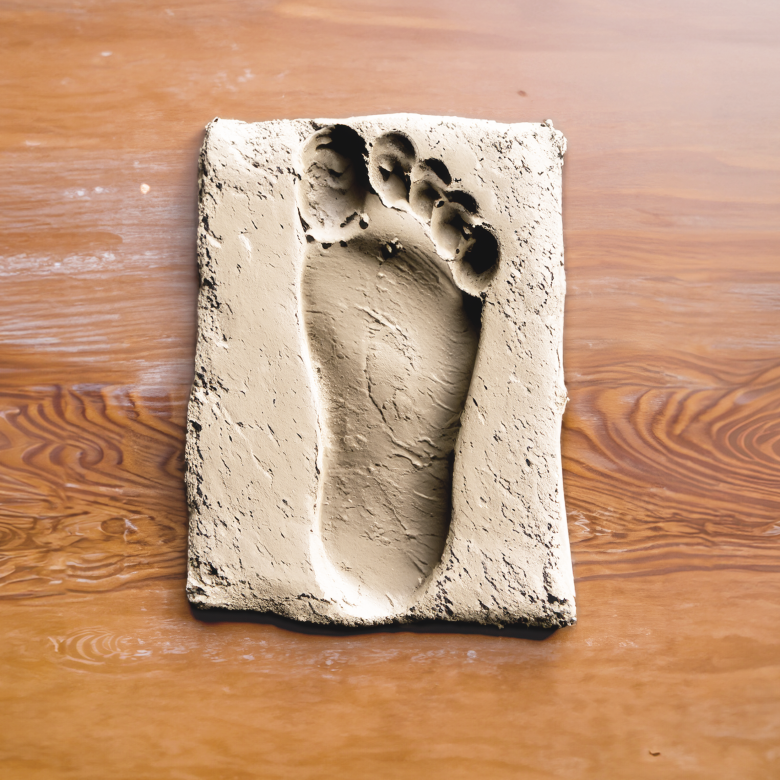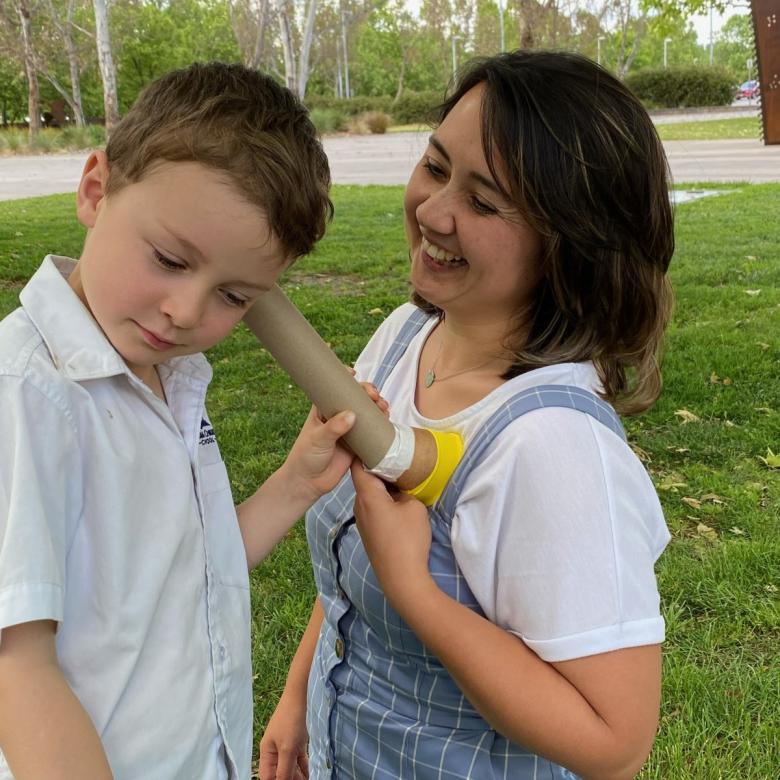You'll need
- A variety of everyday unbreakable objects
- Plastic containers of different sizes
- Water
- Uncooked rice
- 2 equal-sized bowls
- Several pieces of construction paper
- Tape or Blu Tack
- A wall
- Crayons or non-permanent markers
- Patience – this experiment keeps going as you grow
What to do
- Place the different objects on the floor. Can you guess which ones weigh more than others?
- Now hold the different objects in your hands. Did you guess correctly in step 1?
- Put some rice in a plastic container and some water in another container. Can you guess which one has more rice or water in it?
- Pour the rice and water into the 2 equal-sized bowls. What do you notice?
- Now tape or Blu Tack pieces of construction paper on the wall from the floor up to about 2 m.
- Stand next to the paper. Get a grown-up to mark your height. Ask the grown-up to mark their own height.
- Put another piece of construction paper on the floor. Trace around your hands and feet. Write your name and the date beside the tracings. Ask a grown-up to do the same thing.
- Repeat the measurements every 2 or 3 months. Note how much you grow over the year.
Questions to ask
Which container is bigger, fatter, skinnier, smaller, wider, longer or rounder? Are any the same size?
What takes up more room – water or rice?
Are you getting taller or shorter each month?
Why are some people taller or shorter than you?
Is your hand larger or smaller than those around you?
Do you grow more each month than adults?
Will a container grow? Will your hand grow?
Use other objects, such as blocks, to measure your height. How many blocks tall are you?
What's happening
A young child may not know what a unit of measurement is. But they can compare whether something is heavier or longer than something else. They will also see that the same weight of 2 things, like water and rice, don’t take up the same amount of room. They have different volumes.
Children will also learn that they grow and adults don’t. They can measure and compare their height and the size of their body parts over time.
This experiment also encourages them to think scientifically. They guess what will happen and then test it to see if they are right.


